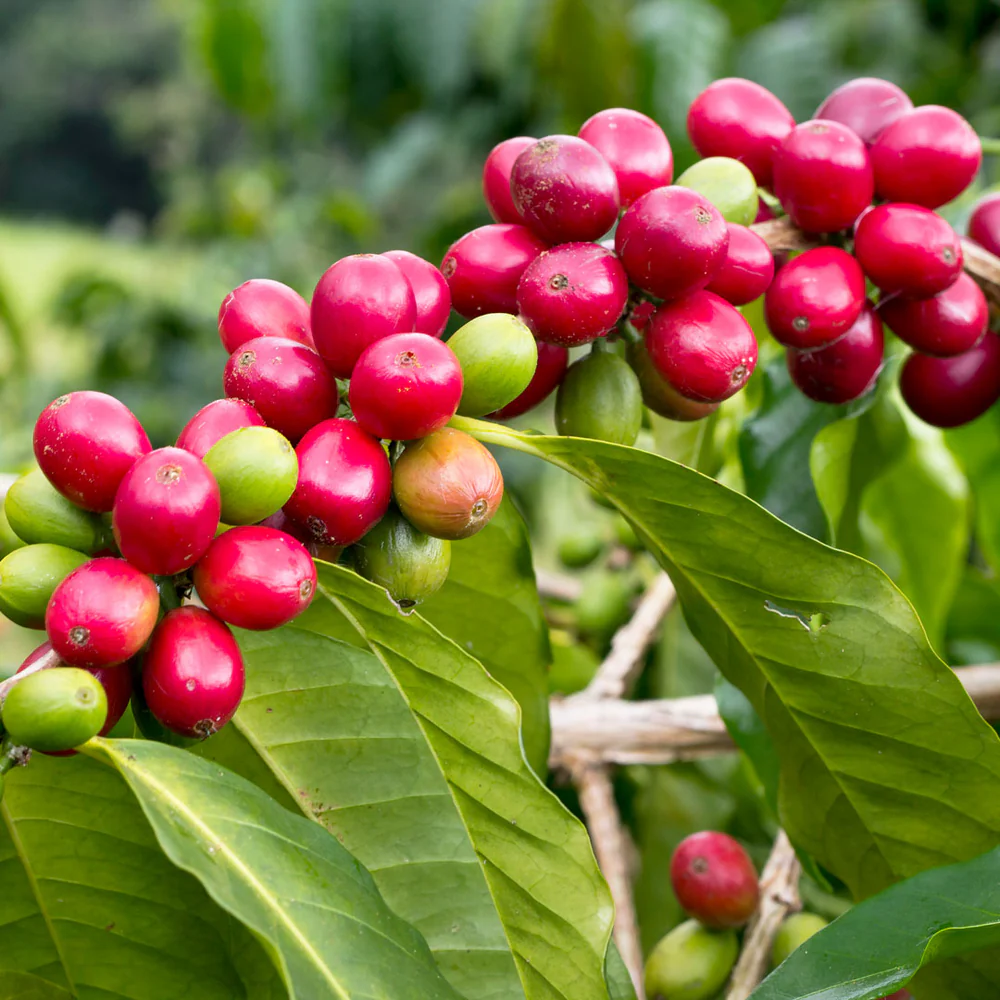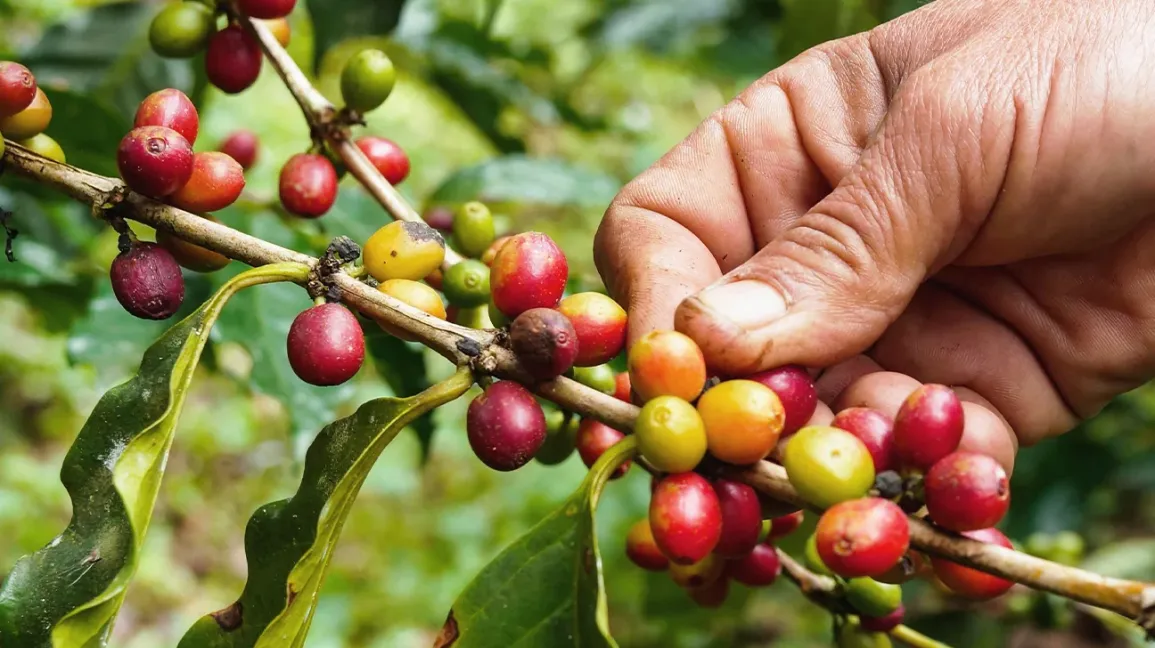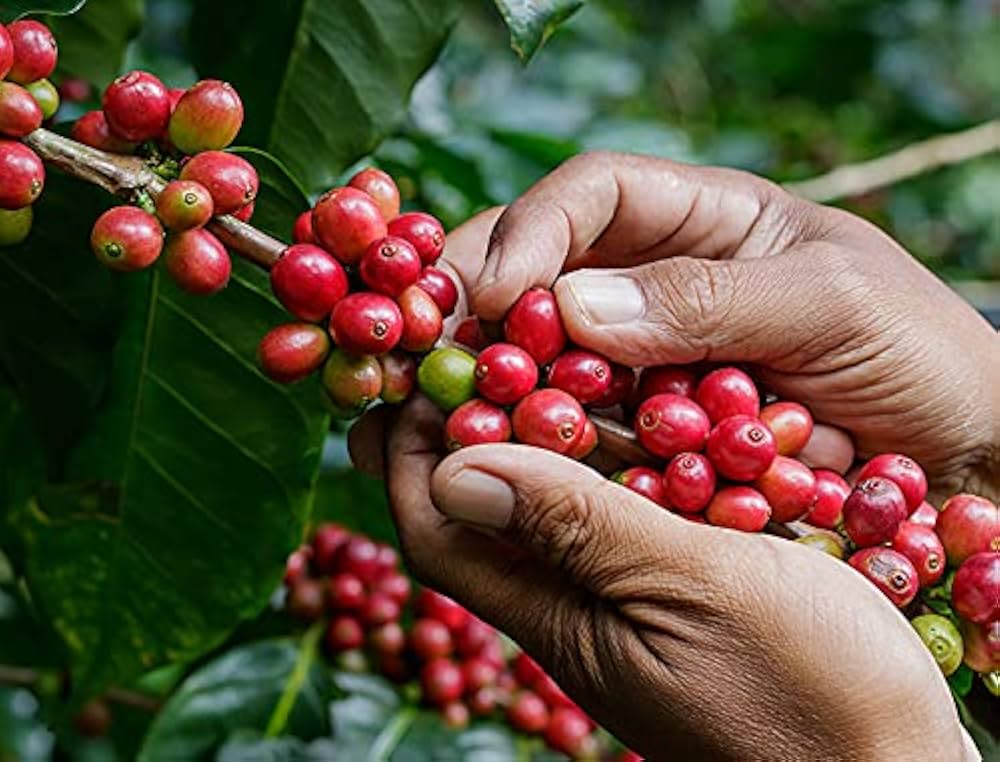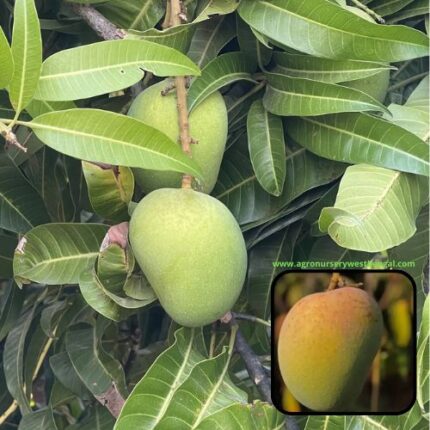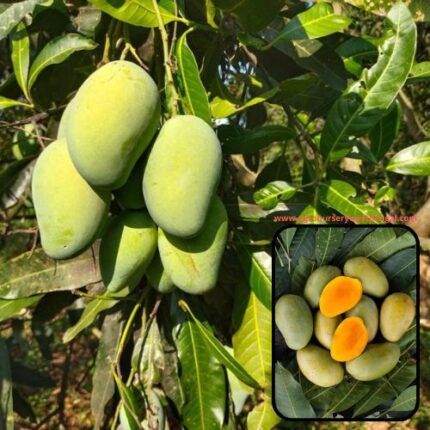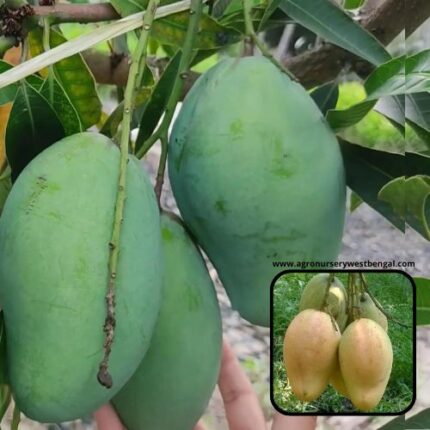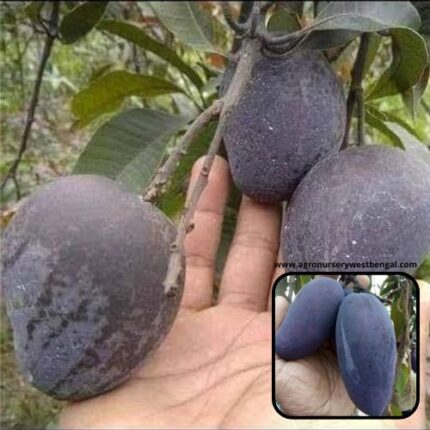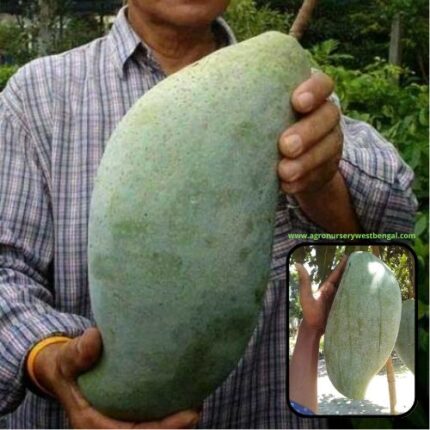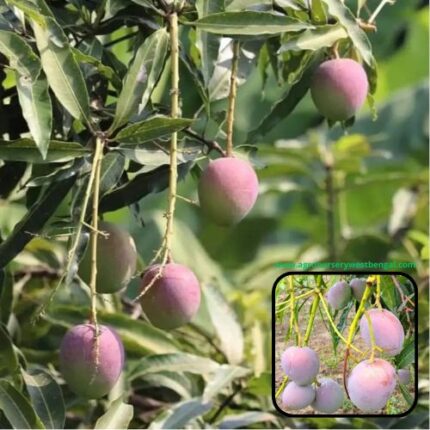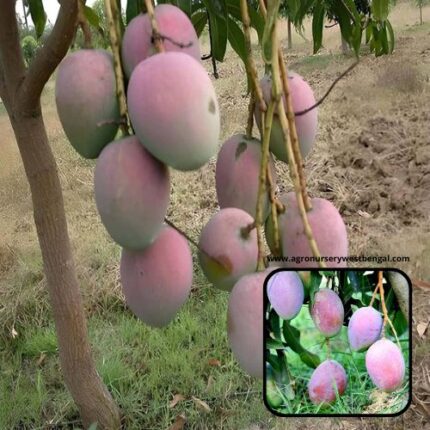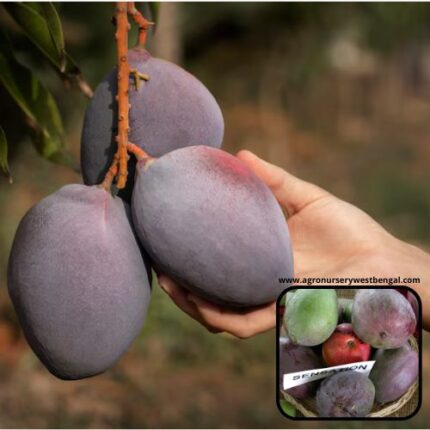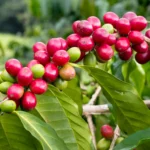
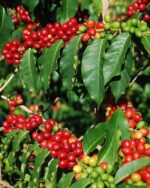

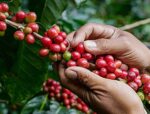
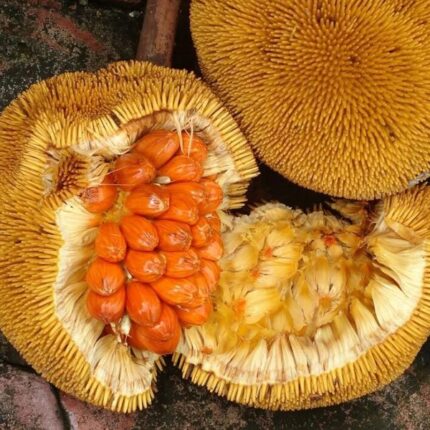
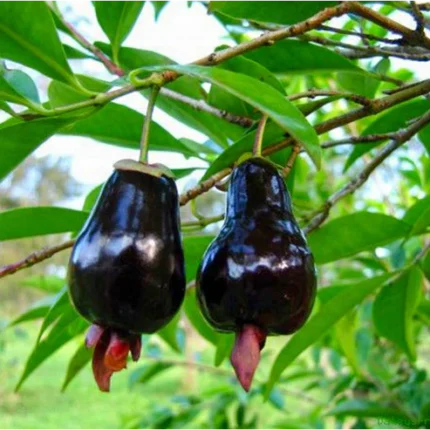
Coffee beans plant
₹1,499 Original price was: ₹1,499.₹949Current price is: ₹949.
Coffee beans, contrary to their name, are not true beans in the botanical sense. They are actually the seeds found inside the fruit of the Coffea plant, often referred to as a coffee cherry. These cherries typically contain two seeds (beans) with their flat sides facing each other, though a small percentage might contain a single, rounded seed known as a “peaberry.”
Here’s a comprehensive description of coffee beans, from their origin in the cherry to their various types and characteristics:
I. From Coffee Cherry to Green Bean:
- Coffee Cherry: The coffee bean begins its life nestled within a vibrant, usually red, yellow, or even purple, berry-like fruit. This fruit has several layers:
- Exocarp (Outer Skin): The outermost layer, thin and smooth, changing color as it ripens.
- Mesocarp (Pulp): A sweet, fleshy, and somewhat mucilaginous layer beneath the skin.
- Endocarp (Parchment): A thin, protective, papery layer that encases the beans.
- Silver Skin (Testa/Epidermis): A very thin, almost translucent layer that adheres tightly to the bean itself.
- Harvesting: Coffee cherries are harvested when ripe, either by hand (selective picking, for higher quality) or by machine (strip picking, for efficiency).
- Processing: After harvesting, the cherries undergo various processing methods to remove the outer layers and extract the green coffee beans. The main methods are:
- Washed (Wet) Process: The skin and pulp are removed, and the beans (still in their parchment) are fermented in water to break down the mucilage before being washed and dried. This typically results in cleaner, brighter, and more acidic coffees.
- Natural (Dry) Process: The whole coffee cherries are spread out to dry in the sun. Once dry, the outer layers are removed mechanically. This method often imparts a fruitier, more full-bodied, and sometimes “wild” flavor to the coffee.
- Honey (Semi-Washed) Process: A hybrid method where the skin is removed, but some or all of the sticky mucilage layer is left on the beans during drying. This can lead to a balance of sweetness and clarity, with varying degrees of fruitiness depending on how much mucilage is left.
- Green Coffee Bean: After processing and drying, the coffee beans are “green coffee” – unroasted, often pale green to yellowish-brown, and relatively hard. At this stage, they are stable for storage and export, but they lack the characteristic aroma and flavor of roasted coffee.
II. Main Types of Coffee Beans (Species):
While there are over 120 species of Coffea, two dominate global production and consumption:
-
Arabica (Coffea arabica):
- Dominance: Accounts for approximately 60-70% of the world’s coffee production.
- Bean Shape: Flatter and more elongated, with a more pronounced central groove.
- Growing Conditions: Thrives at higher altitudes (600-2,000+ meters), in cooler, milder climates with ample rainfall. More delicate and susceptible to disease.
- Flavor Profile: Generally considered superior in flavor. Known for its complex, nuanced, aromatic, and often delicate taste. It typically features higher acidity, lower bitterness, and notes of fruit, floral, chocolate, nuts, and caramel. It’s often the bean of choice for specialty coffee.
- Caffeine Content: Lower caffeine content (around 1.0-1.5% by weight).
- Popular Varieties: Bourbon, Typica, Geisha, Caturra, Pacamara.
-
Robusta (Coffea canephora):
- Dominance: Accounts for roughly 30-40% of global production.
- Bean Shape: Smaller, rounder, and more convex.
- Growing Conditions: Hardier and more resistant to pests and diseases, able to grow at lower altitudes (sea level to 600 meters) and in warmer climates.
- Flavor Profile: Known for its bold, strong, and often more bitter taste. It frequently has earthy, rubbery, or woody notes. While some high-quality Robustas exist, they are generally considered less complex than Arabica. Often used in espresso blends for crema and body, and for instant coffee.
- Caffeine Content: Significantly higher caffeine content (around 2.5-4.5% by weight).
Other less common species include:
- Liberica (Coffea liberica): Large, irregular, almond-shaped beans. Offers a unique, full-bodied flavor profile often described as woody, smoky, or even floral/fruity, though it can be controversial. Very hardy trees.
- Excelsa (Coffea excelsa): Often classified as a variety of Liberica. Known for its tart, fruity, and sometimes earthy notes, offering a complex flavor that combines light and dark roast traits. Primarily grown in Southeast Asia.
III. Characteristics Influenced by Roasting:
The unroasted green bean transforms dramatically during roasting, which develops its color, aroma, and flavor through chemical reactions:
- Color: Changes from green/pale to various shades of brown (light, medium, dark).
- Aroma: Develops complex aromatic compounds, from floral and fruity to nutty, smoky, and chocolatey.
- Flavor: The bitter compounds break down, while sweet, acidic, and body-contributing elements emerge.
- Size/Density: Beans expand and become less dense as moisture is removed.
In essence, a coffee bean is a humble seed with an extraordinary journey, influenced by its species, growing environment (terroir), and meticulous processing, all culminating in the diverse and beloved beverage we call coffee

